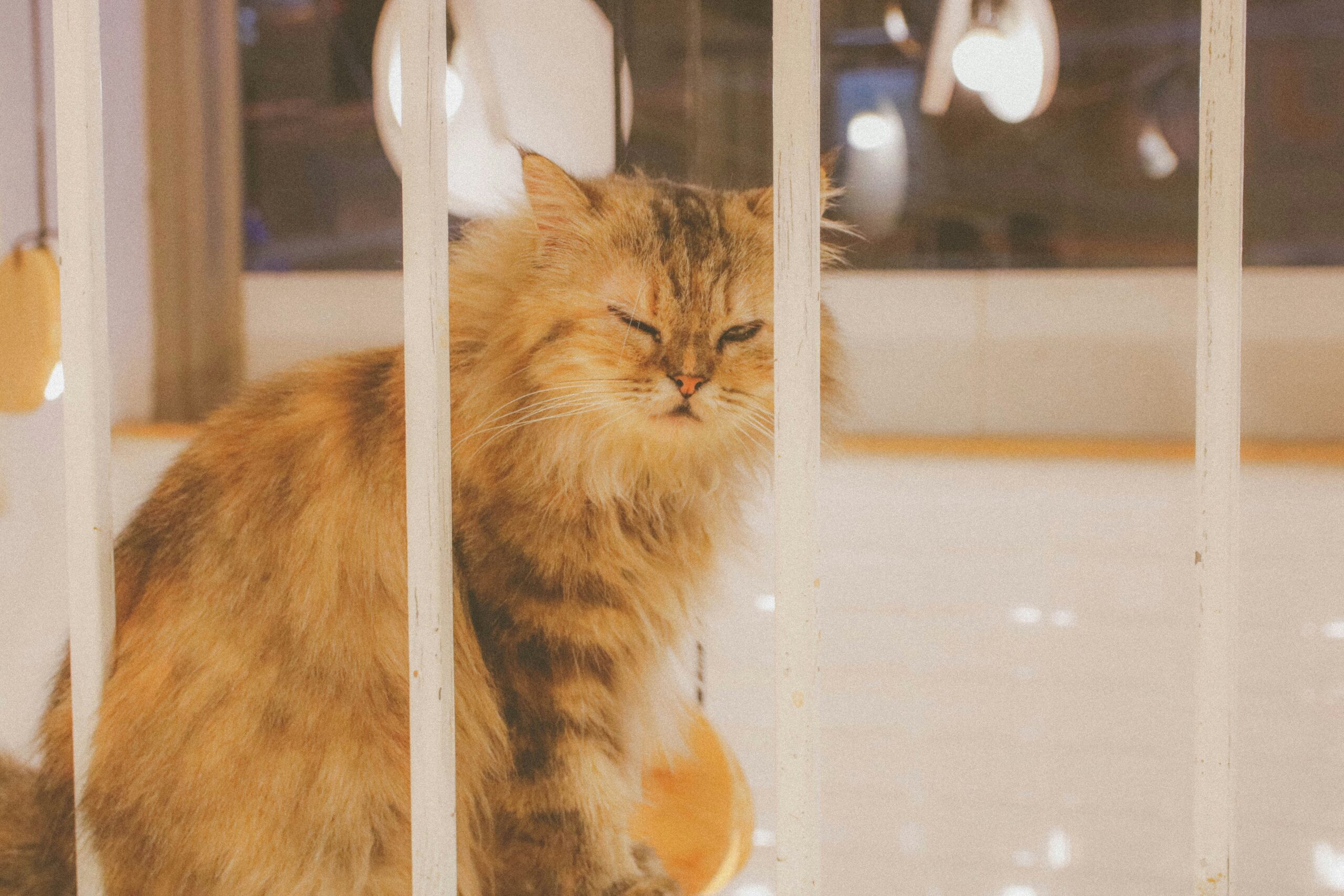“Ever bought a gorgeous glass toy for your dog, only to see it shatter after five minutes of playtime? Yeah, that’s why we’re here.” Choosing the right pet toy isn’t just about aesthetics or fun—it’s about safety. And when it comes to glass toys, understanding material strength analysis is non-negotiable. Today, we’ll explore why this matters, how to choose durable options, and more.
You’ll learn:
- What makes glass toys both a blessing and a curse.
- How material strength analysis ensures safety and longevity.
- Actionable tips to pick the best glass pet toys.
- Fail-proof examples from real pet owners.
Table of Contents
- Key Takeaways
- Glass Toys: The Good, The Bad, & The Shattered
- Step-by-Step Guide to Analyze Material Strength
- Tips for Safe and Durable Toy Selection
- Real-Life Examples of Winning Choices
- FAQs About Glass Toys and Material Strength
- Wrapping Up: What You Need to Remember
Key Takeaways
- Glass pet toys are eco-friendly but require rigorous material strength analysis.
- Avoid cheap knock-offs—they risk breaking into hazardous shards.
- Look for borosilicate glass, known for superior durability.
- Incorporate proper testing steps before making a purchase.
Glass Toys: The Good, The Bad, & The Shattered
Let’s talk story time. I once bought an adorable, hand-blown glass ball for my cat, Luna. It looked stunning on Instagram, but within days—crack!—it split open during her enthusiastic batting session. That moment taught me two things:
- Cuteness doesn’t equal safety.
- If you don’t understand material strength analysis, you’re setting yourself (and your pet) up for disaster.
So why does material strength matter so much? Simply put, pets can be rough players. And unlike humans, they won’t hesitate to chew, bite, or toss their new favorite toy across the room. When working with materials like glass, which inherently has brittleness, conducting detailed strength assessments becomes vital.

Rant Alert!
Here’s where I lose my chill: Some companies slap “eco-friendly” labels on fragile glass products without disclosing structural weaknesses. This not only misleads buyers but also endangers pets. Ugh, people, stop prioritizing trends over safety!
Step-by-Step Guide to Analyze Material Strength
Now let’s get practical. How do you evaluate whether a glass toy meets safety standards? Follow these steps:
Step 1: Check the Type of Glass
Not all glass is created equal. Look for borosilicate glass (used in Pyrex), renowned for its resistance to thermal shock and impact. Avoid soda-lime glass, often used in cheaper decorative items.
Step 2: Inspect Thickness Consistency
Run your fingers over the surface—or better yet, ask the manufacturer for specs. Uniform thickness reduces weak points prone to cracking.
Step 3: Look for Reinforcement Coatings
Optimist You: “These coatings make glass safe for pets!”
Grumpy You: “Yeah, unless it’s a flimsy plastic layer that chips off instantly…”
Seriously though, seek out toys reinforced with silicone or polymer layers. These add extra protection against sharp edges if the item breaks.
Step 4: Research Impact Resistance Ratings
Much like crash tests for cars, many premium brands provide information on how well their products handle drops or impacts. Don’t skip this step—it could save your pet from injury.
Terrible Tip Disclaimer:
Please DO NOT assume any glass toy is indestructible just because the packaging says “durable.” Even high-quality glass has limits, folks.
Tips for Safe and Durable Toy Selection
Beyond material strength analysis, there are other ways to ensure you’re picking top-notch glass toys:
- Buy from reputable manufacturers who specialize in pet-safe materials.
- Check reviews—not just star ratings, but detailed feedback on durability.
- Supervise initial interactions between your pet and the toy.
- Store delicate glass toys in low-traffic areas when not in use.
Real-Life Examples of Winning Choices
Take Sarah, a golden retriever owner who switched to borosilicate glass tug toys. She reported fewer replacements and no accidents compared to regular plastic alternatives. Or consider Greg, whose parrot adores chewing on a glass puzzle feeder coated with food-grade silicone. His bird stays engaged while avoiding toxic substances found in cheaper plastics.
![]()
FAQs About Glass Toys and Material Strength
Can glass toys really be safe for pets?
Yes—if they undergo thorough material strength analysis. Opt for reinforced designs made from durable types of glass like borosilicate.
How do I test a toy’s strength myself?
Drop it gently onto carpet or run water over heated surfaces to mimic stress conditions. However, professional lab tests remain the gold standard.
Are glass toys worth the investment?
They may cost more upfront, but their longevity and sustainability often pay off in the long run.
Wrapping Up: What You Need to Remember
Glass toys offer elegance and eco-friendliness—but only if backed by solid material strength analysis. By following our step-by-step guide, learning key selection tips, and drawing inspiration from real-world examples, you can keep your furry friends entertained AND protected.
Oh, and remember: Like a Tamagotchi, your pet’s safety requires daily attention. Stay smart, stay vigilant.
“Shiny things catch eyes; strong things catch trust.” – Unknown


